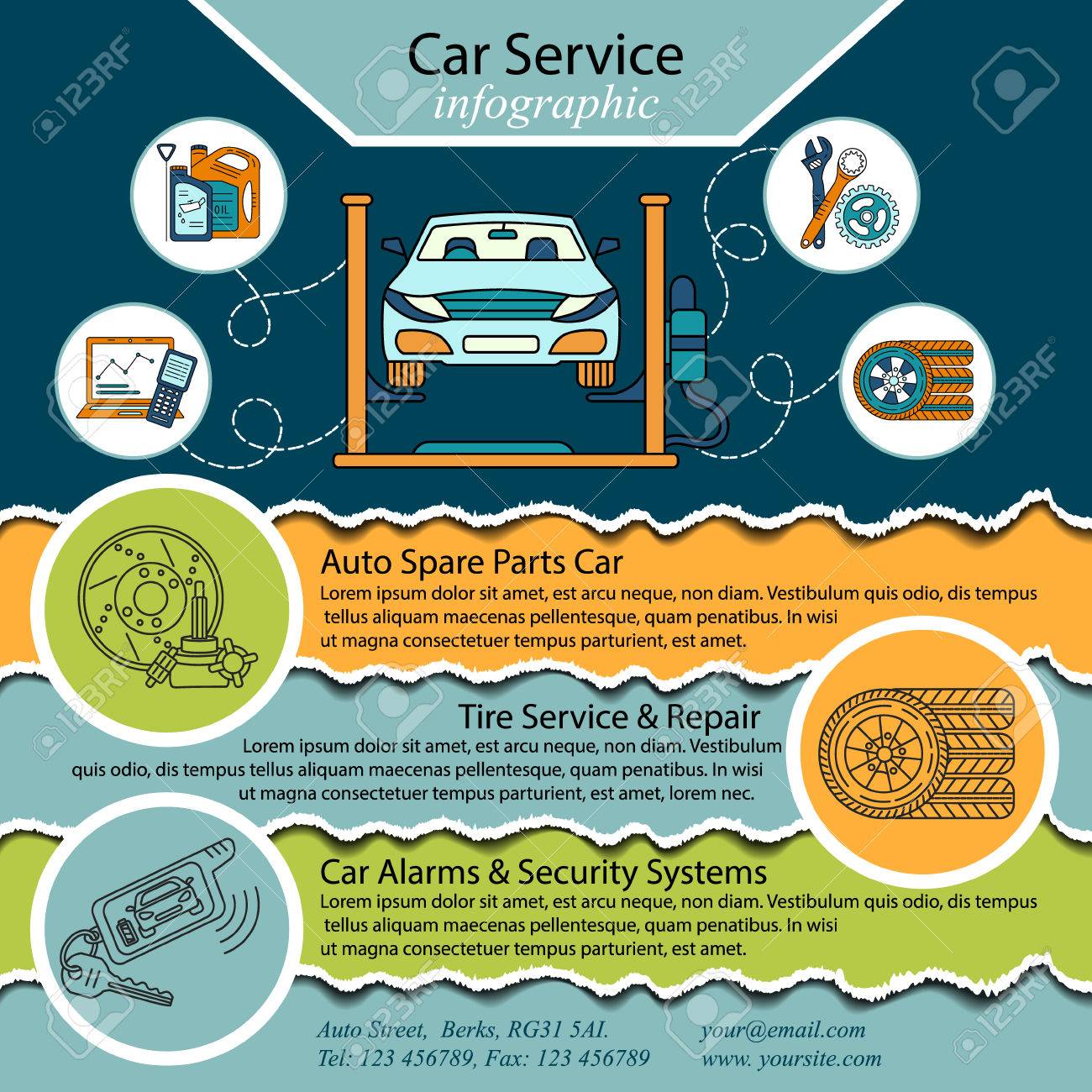Interpreting Your Automobile'S Alert Lights: Their Real Ramifications
Interpreting Your Automobile'S Alert Lights: Their Real Ramifications
Blog Article
Uploaded By-Sykes Torres
When you're behind the wheel, those glowing warning lights on your dashboard can be a little bit complicated. Do you recognize what they're trying to inform you about your auto's health and wellness? Understanding the value of these lights is important for your security and the durability of your vehicle. So, the next time one of those lights turns up, wouldn't you intend to decipher its message precisely and take the essential steps to resolve it?
Common Caution Lights and Interpretations
Determine usual warning lights in your auto and understand their significances to ensure risk-free driving.
One of the most normal caution lights include the check engine light, which signals issues with the engine or exhausts system. If this light begins, it's essential to have your vehicle inspected without delay.
The oil stress alerting light suggests low oil pressure, needing instant interest to prevent engine damage.
A blinking battery light may suggest a malfunctioning billing system, potentially leaving you stranded if not resolved.
The tire pressure surveillance system (TPMS) light notifies you to low tire pressure, affecting automobile stability and fuel efficiency. Ignoring this might result in hazardous driving conditions.
Read Full Report shows an issue with the anti-lock stopping system, endangering your capability to stop quickly in emergency situations.
Finally, the coolant temperature advising light warns of engine overheating, which can lead to severe damages otherwise fixed swiftly.
Comprehending these common caution lights will help you attend to problems quickly and preserve risk-free driving conditions.
Relevance of Prompt Focus
Comprehending the usual caution lights in your car is only the first step; the significance of quickly addressing these warnings can not be emphasized enough to guarantee your safety and security on the road.
When a warning light illuminates on your dashboard, it's your auto's means of communicating a potential problem that needs interest. Overlooking these warnings can result in a lot more serious troubles in the future, compromising your security and possibly costing you more out of commission.
Trigger focus to cautioning lights can prevent malfunctions and crashes. For instance, a flashing check engine light might suggest a misfire that, if left unattended, could trigger damage to the catalytic converter. Resolving this quickly can save you from a costly repair.
Likewise, a brake system advising light may signify low brake liquid or worn brake pads, vital components for your safety and security when driving.
DIY Troubleshooting Tips
If you notice a warning light on your dashboard, there are a couple of do it yourself repairing suggestions you can attempt prior to looking for expert aid.
The primary step is to consult your vehicle's manual to comprehend what the details warning light suggests. Sometimes the issue can be as straightforward as a loose gas cap activating the check engine light. Tightening up the gas cap may deal with the trouble.
An additional usual concern is a reduced battery, which can cause numerous alerting lights. Inspecting the battery connections for deterioration and ensuring they're secure might fix the problem.
If a warning light lingers, you can attempt resetting it by disconnecting the cars and truck's battery for a couple of minutes and after that reconnecting it. Additionally, checking your vehicle's fluid degrees, such as oil, coolant, and brake liquid, can assist troubleshoot advising lights associated with these systems.
nearest car wash near me
In conclusion, recognizing your cars and truck's caution lights is crucial for maintaining your vehicle running smoothly and safely. By promptly resolving these notifies and knowing what they indicate, you can prevent costly repair work and potential failures.
Keep in mind to consult your automobile's guidebook for particular information on each cautioning light and take action appropriately to make sure a trouble-free driving experience.
Stay informed, stay secure when traveling!
